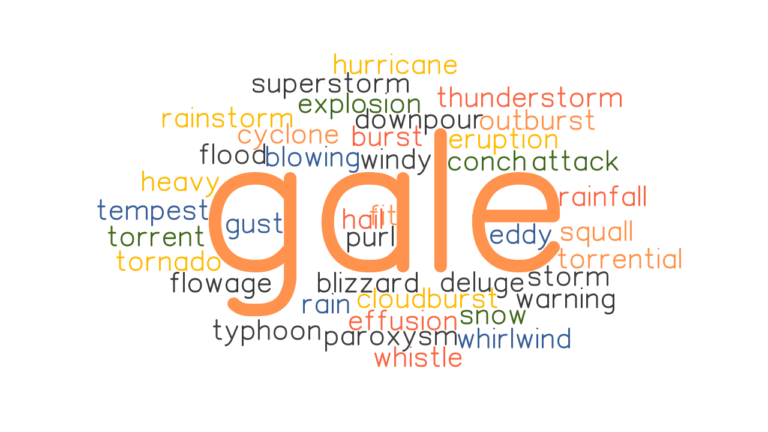


"Installation of Electrical Equipment for the Processing of Classified Information" This standard defines installation requirements, for example in respect to grounding and cable distances. "Laboratory Test Standard for Tactical Mobile Equipment/Systems" An even more relaxed standard for devices operated in NATO Zone 2 environments, where attackers have to deal with about 100 m worth of free-space attenuation (or equivalent attenuation through building materials). NATO SDIP-27 Level C (formerly AMSG 784) and USA NSTISSAM Level III."Laboratory Test Standard for Protected Facility Equipment" This is a slightly relaxed standard for devices that are operated in NATO Zone 1 environments, where it is assumed that an attacker cannot get closer than about 20 m (or where building materials ensure an attenuation equivalent to the free-space attenuation of this distance). NATO SDIP-27 Level B (formerly AMSG 788A) and USA NSTISSAM Level II."Compromising Emanations Laboratory Test Standard" This is the strictest standard for devices that will be operated in NATO Zone 0 environments, where it is assumed that an attacker has almost immediate access (e.g. NATO SDIP-27 Level A (formerly AMSG 720B) and USA NSTISSAM Level I.The US and NATO TEMPEST standards define three levels of protection requirements:

As a joke - but just as factually possible as other attempts - the phrase "Tiny ElectroMagnetic Particles Emitting Secret Things" has been suggested. However, various backronyms have been suggested, including "Transmitted Electro-Magnetic Pulse / Energy Standards & Testing", "Telecommunications ElectroMagnetic Protection, Equipment, Standards & Techniques", "Transient ElectroMagnetic Pulse Emanation STandard", and "Telecommunications Electronics Material Protected from Emanating Spurious Transmissions". government has stated that the term TEMPEST is not an acronym and does not have any particular meaning. The term TEMPEST was coined in the late '60s and early '70s as a codename for the NSA operation to secure electronic communications equipment from potential eavesdroppers and vice versa the ability to intercept and interpret those signals from other sources. The term TEMPEST is often used broadly for the entire field of Emission Security or Emanations Security ( EMSEC). The term "compromising emanations" rather than " radiation" is used because the compromising signals can, and do, exist in several forms such as magnetic- and/or electric field radiation, line conduction, or acoustic emissions. The interception/propagation ranges and analysis of such emanations are affected by a variety of factors, e.g., the functional design of the information processing equipment system/equipment installation and, environmental conditions related to physical security and ambient noise. Laboratory and field tests have established that such CE can be propagated through space and along nearby conductors. This energy may relate to the original encrypted message, or information being processed, in such a way that it can lead to recovery of the plaintext. TEMPEST is a codename only and is not an acronym.Ĭompromising emanations consist of electrical, mechanical, or acoustical energy intentionally or by mishap unintentionally emitted by any number of sources within equipment/systems which process national security information.

Compromising emanations are defined as unintentional intelligence-bearing signals which, if intercepted and analyzed, may disclose the information transmitted, received, handled, or otherwise processed by any information-processing equipment. TEMPEST is a codename referring to investigations and studies of compromising emission (CE) (see Van Eck phreaking).


 0 kommentar(er)
0 kommentar(er)
